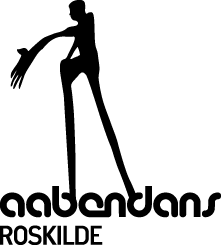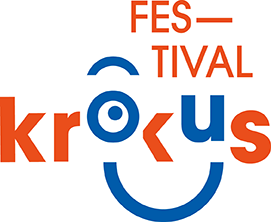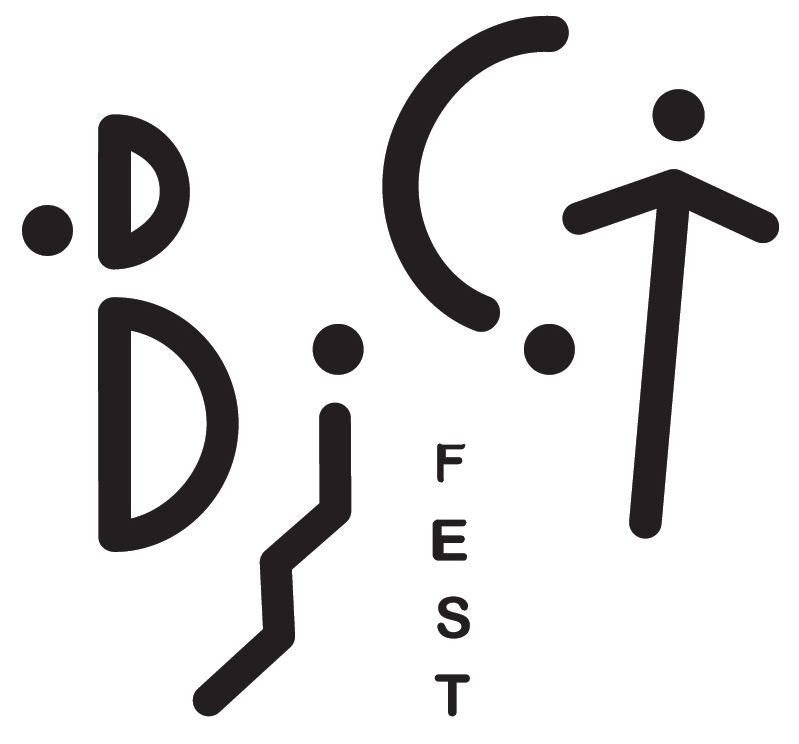Risk used to be part of childhood. Games in the woods, running and chasing, hitting and fighting. Outdoor activities used to be risky, chaotic, out of control. Risk is essential for childhood and for a balanced growing up. And risk means freedom, escape from control; it allows danger to come in. But adults nowadays are unaccustomed to allowing that danger in children's lives. Parents have decreased the roaming distance for their children by 90% during the last 30 years*.
So how can we put back some of that danger and risk back into children’s lives?
We wanted to explore themes such as unsupervised time, danger zones, safety zones, falls and cuts. We wanted to understand the risk radar: where is the danger, what is the danger, how can we artistically play with it? Transform it in artistic concepts? Look at different relations between artists, audience and accidental passers-by.
We wanted to look at the changes in parenting and restrictions on freedom for children away from parents or teachers in recreation time and how this has changed over the years.
* Recent research showed that parents allow their children a 'safety zone' which is determined by eyesight. Within that circular zone of approximately 40m, they consider their children to be 'safe'. The research shows that parents having a drink on a terrace while their children play in the nearby playground, make eye contact with them every 20 seconds.
If you are also interested in this topic, you can read about what happened during the PUSH (over)protection Lab here.









